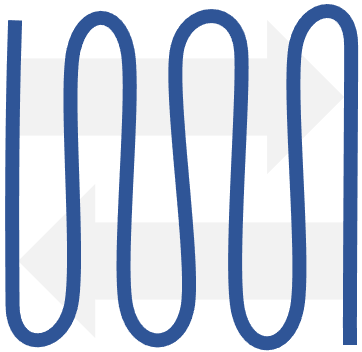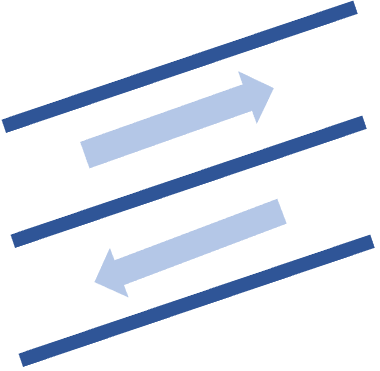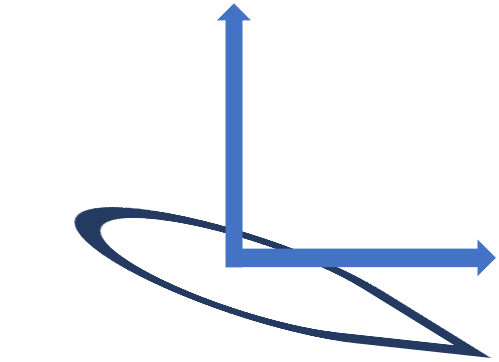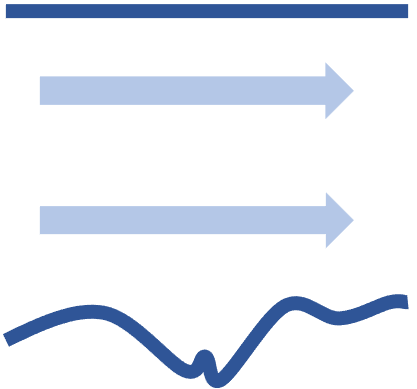Numerical Modeling of Double-Diffusive Systems
I target a range of problems from the effects of shear on the microscale to the behavior of thermohaline staircases and intrusions.

Wake Structures and Forcing of Submerged Bodies
I model the interactions between solid objects and the surrounding fluid using high-performance tools such as OpenFOAM and MITgcm.

In-House Numerical Model Development
I develop scalable parallel CFD models for unique applications of microscale modeling, primarily using spectral methods.









